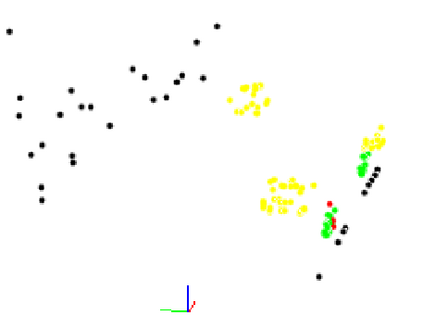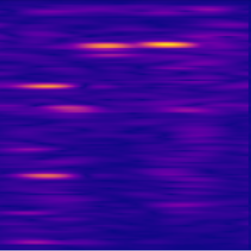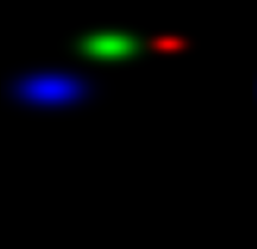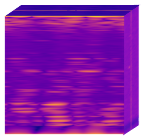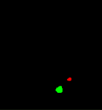Automotive radar sensors provide valuable information for advanced driving assistance systems (ADAS). Radars can reliably estimate the distance to an object and the relative velocity, regardless of weather and light conditions. However, radar sensors suffer from low resolution and huge intra-class variations in the shape of objects. Exploiting the time information (e.g., multiple frames) has been shown to help to capture better the dynamics of objects and, therefore, the variation in the shape of objects. Most temporal radar object detectors use 3D convolutions to learn spatial and temporal information. However, these methods are often non-causal and unsuitable for real-time applications. This work presents RECORD, a new recurrent CNN architecture for online radar object detection. We propose an end-to-end trainable architecture mixing convolutions and ConvLSTMs to learn spatio-temporal dependencies between successive frames. Our model is causal and requires only the past information encoded in the memory of the ConvLSTMs to detect objects. Our experiments show such a method's relevance for detecting objects in different radar representations (range-Doppler, range-angle) and outperform state-of-the-art models on the ROD2021 and CARRADA datasets while being less computationally expensive. The code will be available soon.
翻译:汽车雷达传感器为先进的助推系统(ADAS)提供了宝贵的信息。雷达可以可靠地估计与物体的距离和相对速度,而不管天气和光线条件如何。但是雷达传感器的分辨率低,且在物体形状上等级内变化巨大。利用时间信息(例如多框架)已经显示有助于更好地捕捉物体的动态,从而了解物体形状的变化。大多数时间雷达物体探测器使用3D变相来学习空间和时间信息。然而,这些方法往往不具有因果关系,不适于实时应用。这项工作展示了记录,这是CNN用于在线雷达物体探测的新的经常性的CNN结构。我们提议了一种端到端的建筑,可以混合相继框架之间的电动和ConvLSTM,以学习时空依赖性。我们的模型是因果关系,只需要CONLSTM的记忆中编码过去的资料来探测物体。我们的实验表明,这种方法对于在不同雷达演示中探测物体(远程-Doppler, 范围-ART-ARA 的模型将很快成为RAD的代号模型)和外型号数据将变得不那么昂贵。

